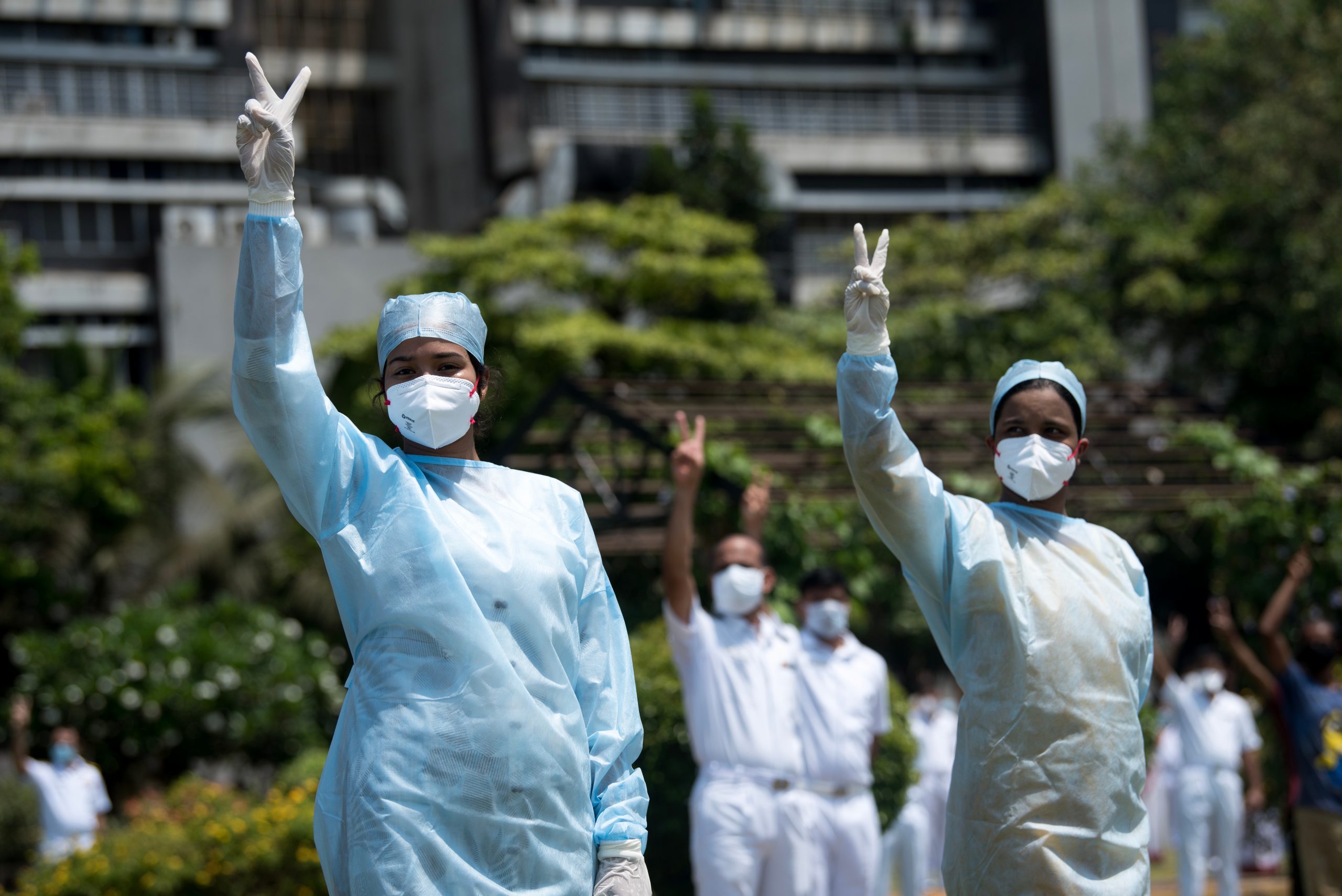
As the numbers of COVID-19 cases continue to drop in India, it seems like a very opportune time to draw our attention to two major aspects of our pandemic response. First, how pandemics function in cycles & that we were indeed caught off guard with the second wave owing to our uniformed complacency. Second, as India continues to battle the pandemic, to recognize the clear policy window that exists for bringing Public Health on top of the public agenda.To address the latter, here are 5 lessons on Public Health that India can learn from its experience with the Coronavirus.
Political Commitment
First, life in a pandemic has reminded us all that a disease does not distinguish between any political party, ideology or ethnic identity. We all share the risk for a range of communicable & non-communicable diseases & hence must find a collective solution to promote the health & wellbeing of the population. In line with the long-standing demand for recognizing public health as a Global Public Good, 2 Indian democracy needs to advocate for a “Public Health Manifesto” which acts as a common minimum agenda of all political parties. Building on the same, the parliament in its upcoming monsoon session, can also table a Bill for “Right to Basic Healthcare”, that may work as starting point for the road ahead.
Financial Investment
Second, the government should release a clear timeline for increasing its financial investment in public health to at least 2.5% of the GDP in the immediate future, 5 and gradually increase its commitment to achieving Universal Healthcare.7 Investment priority should be given to primary healthcare systems, health promotion, disease surveillance and capacity building of healthcare workforce especially nurses, paramedical staff & community health workers.
Health Communication
Third, laying the foundation for a “Department of Health Communication”, possibly housed within the Ministry of Health. COVID-19 pandemic has been accompanied by a global “infodemic” fueled by an array of “misinformation” & “disinformation” circulating on social media channels, 4 which in turn has played a big role in informing people’s health seeking behaviours. In this evolving context, India urgently needs to build an institutional mechanism for science translation and promotion of credible resources for health communication. Moreover, such a communication resource should be accessible in all major Indian languages & the government must consider a social media strategy for weeding out health information which is not backed by evidence, targeting both allopathic & ayurvedic medicine.

From public health receiving the lowest priority, whether citizens were electing governments to power or policy makers were allocating their annual budgets, we have hopefully reached a watershed moment in the history of modern India, when it is finally a time to “Vote for Public Health”!
Administrative Reforms
Fourth, announcement of an “All India Medical Services” to build the technical capacity of decision makers in the country. India has had a rich history of Indian Medical Services which were modelled on military medical services in British India.6 While currently, there is indeed an elaborate set up for administrative oversight of health systems, yet decision making at the top echelons of policy making is led by generalist bureaucrats, who may not have the necessary public health or medical expertise. Picking an example from the pandemic, further investigation needs to be done for tracking the policy pipeline which lead to the implementation of a nation-wide lockdown in 2020 and the policy decision to not implement it in the spring of 2021, when the cases were sky rocketing.
Private Sector
Fifth, COVID-19 has also been an eye-opener in terms of the role that private sector hospitals have played in managing critical care during the second wave. While Ayushman Bharat, the national Publicly Funded Health Insurance (PFHI) has already been enlisting private hospitals for provision of healthcare services, latest analysis of data from select states has shown that it has not been successful in decreasing Out of Pocket Expenditure (OOPE) or incidence of Catastrophic Health expenditure.3 Studies show that a more focused effort is required on behalf of the government to systematically monitor the quality of services being delivered by providers, build its capacity for strategic purchasing & incentivize the private sector for delivery of affordable services to the vulnerable populations.1
Vote for Public Health
If we believe that, ‘every cloud has a silver lining”, then so be the case with India’s response to the pandemic. Public health practitioners should tap this rare opportunity to galvanize the public demand for Universal Health Care in the world’s largest democracy. From public health receiving the lowest priority, whether citizens were electing governments to power or policy makers were allocating their annual budgets, we have reached a watershed moment in the history of modern India, when it is finally a time to “Vote for Public Health”!
HPHR.org was designed by ComputerAlly.com.
Visit HPHR’s publisher, the Boston Congress of Public Health (BCPH).
Email communications@bcph.org for more information.

Click below to make a tax-deductible donation supporting the educational initiatives of the Boston Congress of Public Health, publisher of HPHR Journal.![]()